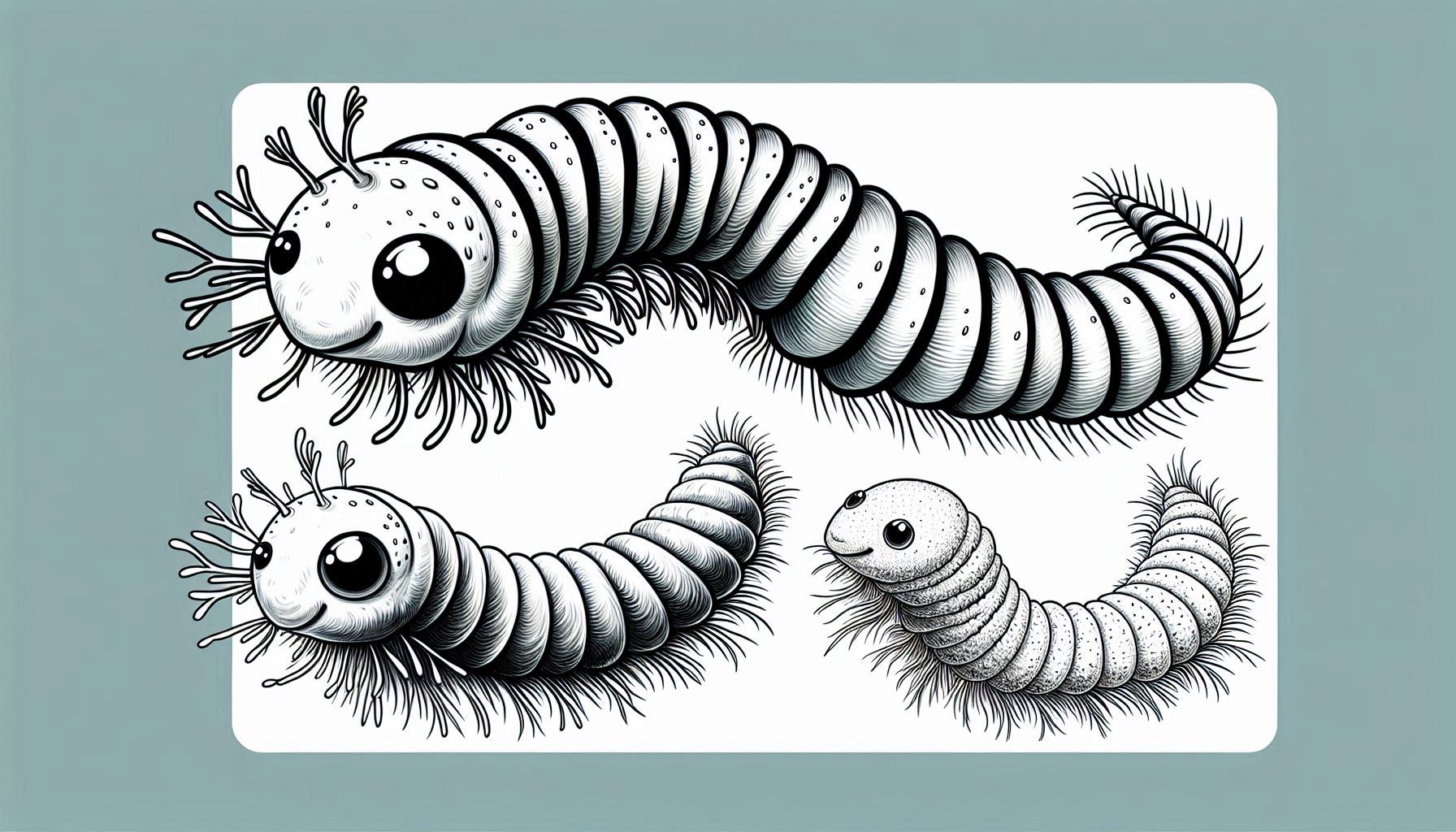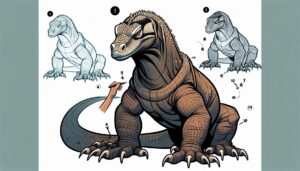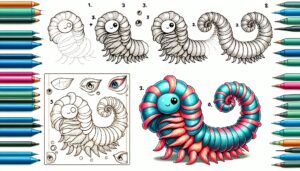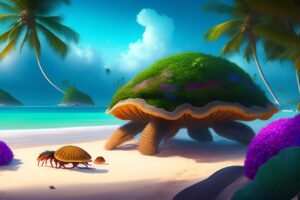Creating a bristleworm drawing can be an engaging and imaginative activity for young ones! Bristleworms, also known as polychaetes, are fascinating creatures found in the ocean. In this step-by-step guide, we’ll walk you through the process of creating your own bristleworm drawing.
Table of Contents
Materials Utilised
Before we get started, make sure you have all the necessary materials ready.
Surface: Opt for a tidy and even area to create your artwork.
Pencils: Explore a variety of pencils with varying lead hardness (HB, 2B, 4B) to achieve a diverse range of shades and textures.
Make sure to have a rubber nearby for any necessary corrections.
Step-by-Step Guide
Here are some easy steps to help you draw a bristleworm:
Start by sketching a lengthy, undulating line to depict the bristleworm’s body.
Include a slightly thicker section at one end to represent the head.
Segments and Bristles: Bristleworms possess bodies that are divided into segments. Draw a few evenly spaced lines along the body to depict these segments.
Place small bristles (chaetae) along the edges of every segment. The name “bristleworms” is derived from the bristles found on their bodies.
Overview and Specifics:
Highlight the head area with a petite shape. Bristleworms commonly have a pointed head.
Consider incorporating basic eyespots or sensory structures near the head.
Coloring: Bristleworms display a wide range of colours, ranging from lighter tones to deeper shades.
Opt for soft, pastel hues for the body. You can incorporate hints of pink, beige, or other shades.
Adding shading and highlights can really enhance the overall look of your artwork.
Use shading techniques to add depth to the segments. Enhance the curves with the addition of shadows.
Keep certain areas of the drawing lighter to show highlights.
Refine the details by removing any unnecessary guidelines.
Make sure to double-check your proportions and make any necessary adjustments.
Frequently Asked Questions
What Are Bristleworms?
Bristleworms are fascinating creatures that inhabit the ocean and belong to the class Polychaeta.
They inhabit a range of marine environments, such as sandy bottoms, rocky reefs, and seagrass beds.
How do bristleworms move?
Bristleworms utilize their bristles to facilitate their movement. They move along the seafloor or dig into sediment.
Certain species have the ability to swim by gracefully undulating their bodies.
Do Bristleworms Pose Any Danger?
Although the majority of bristleworms are harmless, there are certain species that possess stinging bristles capable of causing skin irritation.
Be cautious when you come across them in their natural habitat.
Find Inspiration
Take a look at some captivating images of actual bristleworms to spark your artistic inspiration. Take note of their segmented bodies and bristles.
Conclusion
Congratulations! You’ve mastered the art of drawing a bristleworm. Remember to enjoy yourself and explore different shades. Discover the captivating wonders of the ocean through your creative expressions! 🌊🎨
Feel free to share your drawing of a bristleworm with us! If you have any further inquiries, don’t hesitate to ask. Enjoy your drawing session! 😊
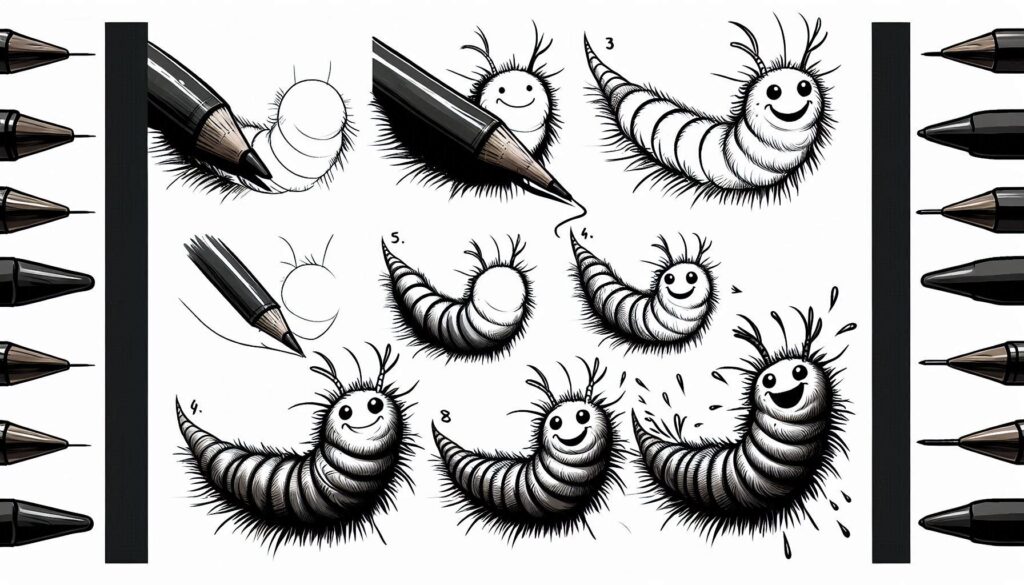
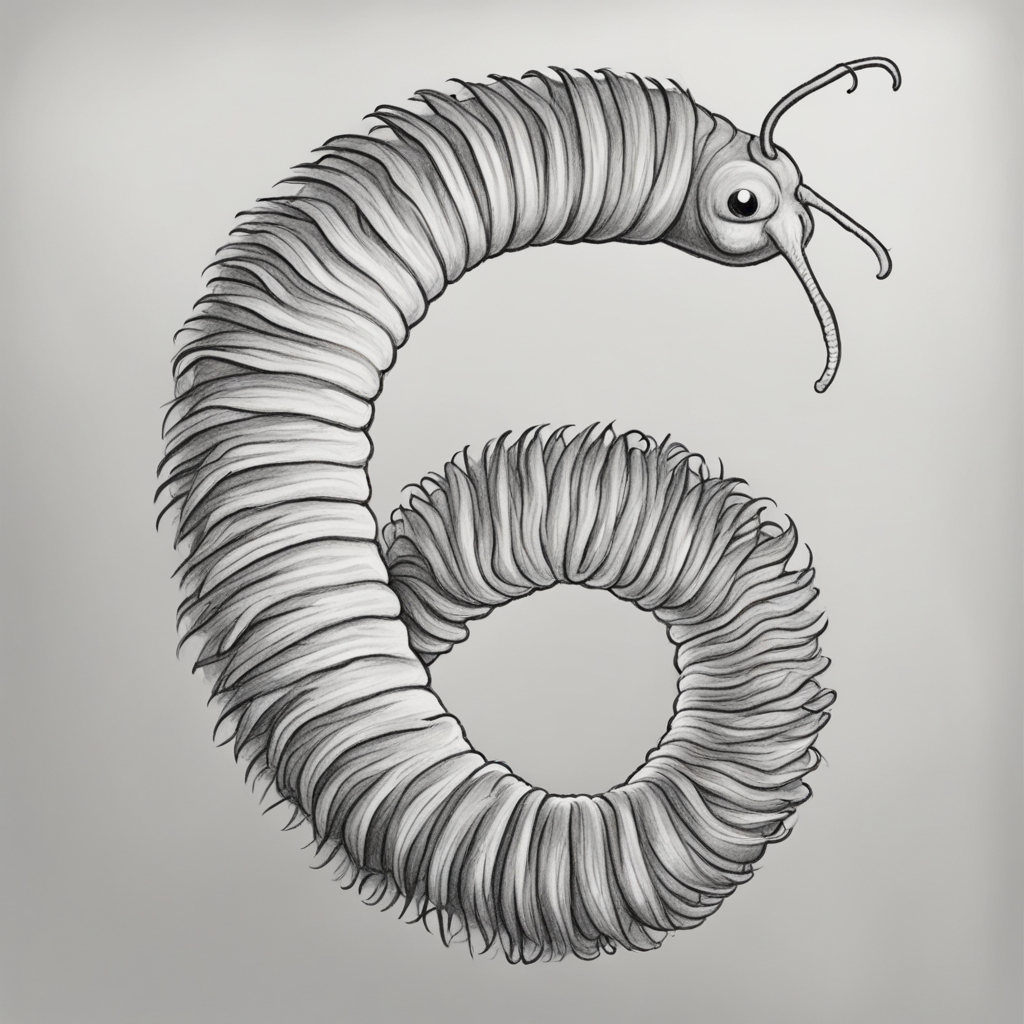
For a super fun and simple guide on how to draw a bloodworm, take a look at the tutorial here! This playful resource provides easy, step-by-step guidance that makes it fun for little creators to dive into their imagination while discovering these amazing beings!

